The Buchholz relay is a vital safety device used in oil-filled transformers to detect and respond to faults that may occur within the transformer. It is typically installed in the pipeline between the transformer tank and the conservator. This relay plays a critical role in monitoring the health of the transformer by detecting gas accumulation or oil flow disturbances, which are often early indicators of internal faults such as insulation breakdowns, overheating, or short circuits. By promptly identifying these issues, the Buchholz relay helps prevent major damage to the transformer, ensuring safe and efficient operation.
Frequently Ask Questions
Q. What is the function of a Buchholz relay?
A. The Buchholz relay is a protective device used in oil-filled transformers to detect internal faults like short circuits or insulation failures by sensing gas accumulation or oil movement caused by arcing or overheating.
Q. Why is Buchholz relay tripped?
A. A Buchholz relay trips when it detects gas build-up or sudden oil movement due to internal faults such as winding failure, core heating, or oil decomposition—indicating a potential serious problem inside the transformer.
Q. What does a Buchholz relay detect?
A. The Buchholz relay detects gas formation, oil surge, and minor or major internal faults in the transformer. It provides early warning or initiates shutdown before the damage becomes severe.
Q. What is a transformer relay?
A. A transformer relay is a protective device that monitors transformer conditions—such as temperature, oil level, or electrical faults—and trips the circuit or sends alarms to prevent damage or failure.
Q. What is the purpose of a relay?
A. The main purpose of a relay is to automatically control and protect electrical circuits by opening or closing contacts in response to abnormal conditions, ensuring the safety and reliability of power systems.
Q. What is the working principle of transformer?
A. A transformer works on the principle of electromagnetic induction, where alternating current in the primary winding creates a magnetic field that induces voltage in the secondary winding, enabling voltage step-up or step-down without changing frequency.

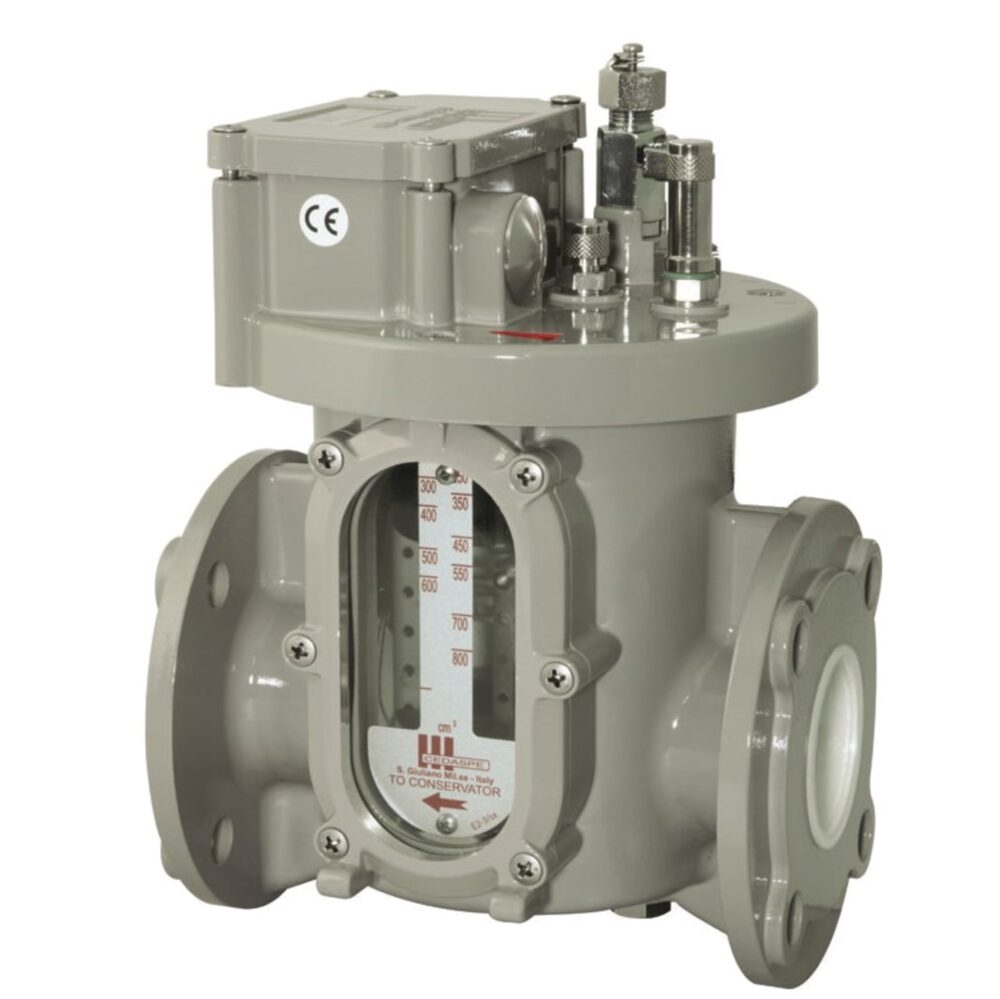
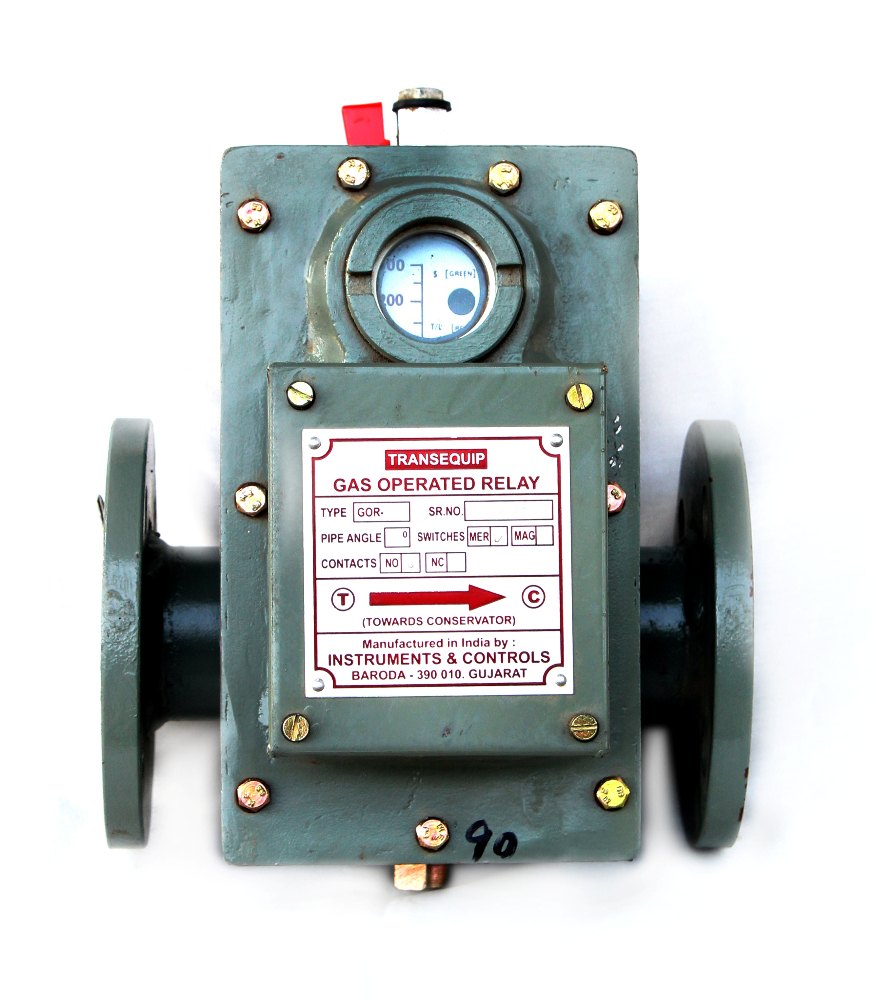
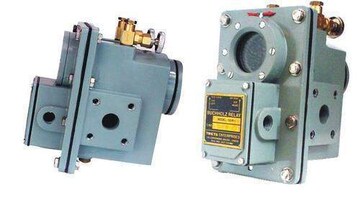

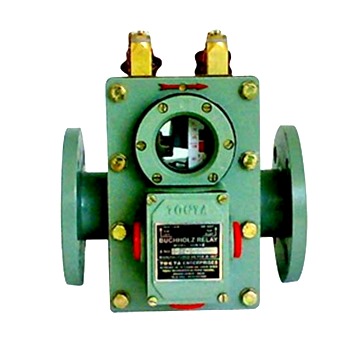
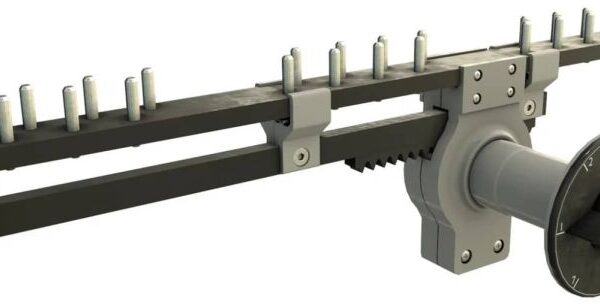


Reviews
There are no reviews yet.